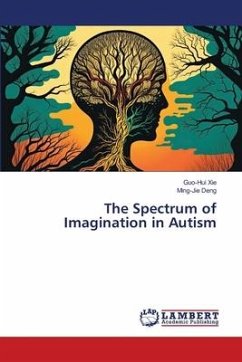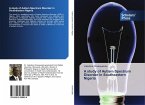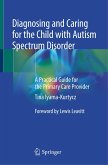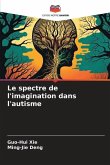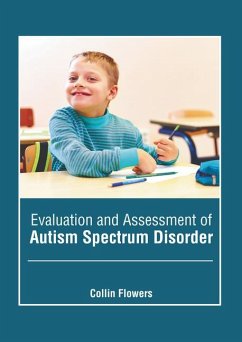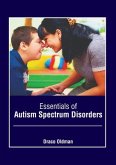Autism spectrum disorder (ASD) is a chronic neuro-developmental disorder that affects the way a person relates to the environment and the people around. The person's capacity to build relationships with others is impaired and so is his/her ability to comprehend others' feelings, too. People with ASD manifest the classical triad of impairments (Wing, 1988) in socialization, communication, and imagination, which includes cognitive and behavioral inflexibility, and hence, affects the way they process information and view the world (Jordan, 1997). The main focus of this monograph is imagination (or imagining), especially how the condition of ASD impairs it, or how the impairment in imagination (or imagining) of a person with ASD affects his/her creativity and cognitive functionality. To understand imagination, the two key axes - (i) the spectrum of imagination and (ii) the types of imagination - will be explored and examined within the contexts of cognitive psychology and neuroscience
Bitte wählen Sie Ihr Anliegen aus.
Rechnungen
Retourenschein anfordern
Bestellstatus
Storno

